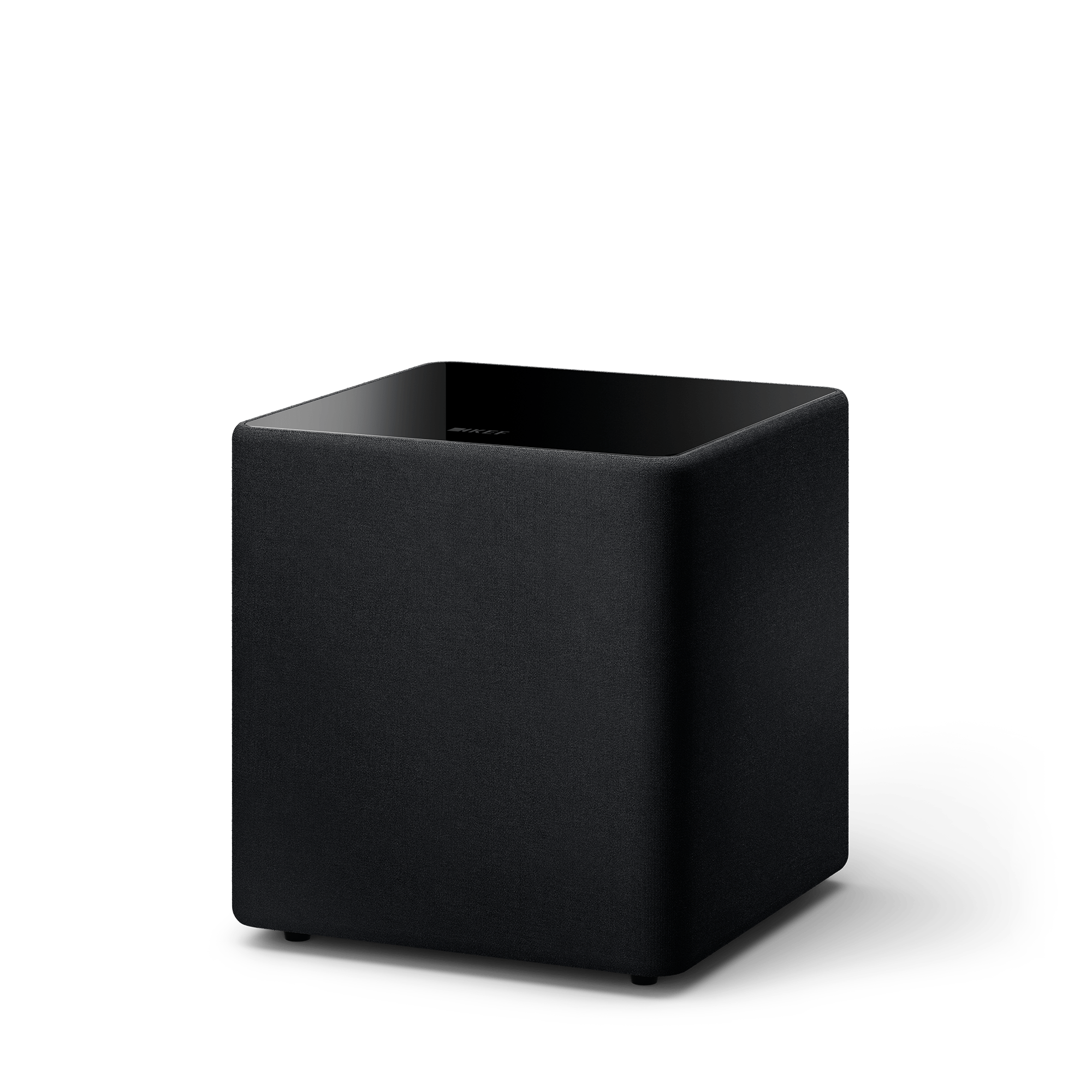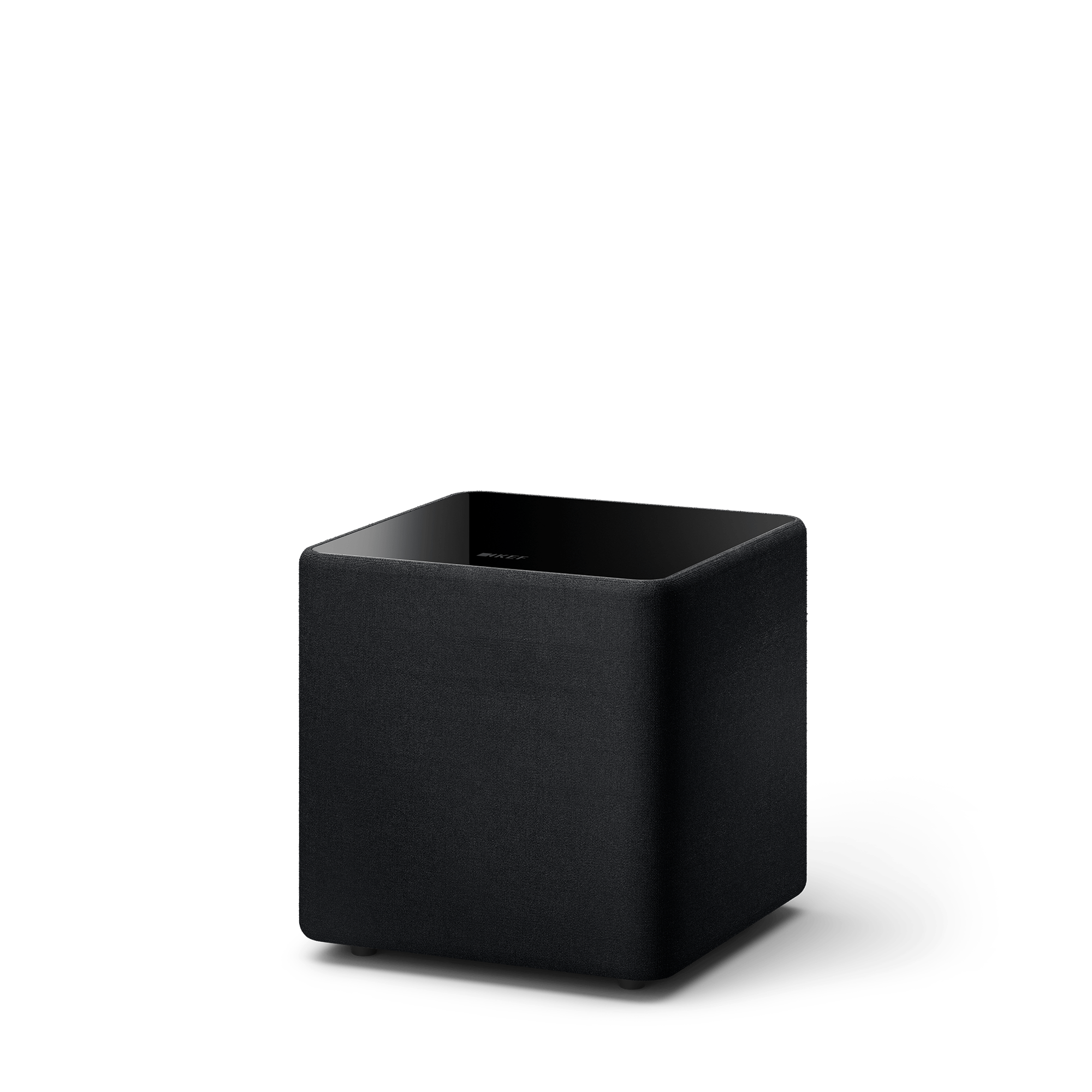Most subwoofers have a switch on their back panel labelled “Phase” along with indicators for 0 and 180 degrees. To get the most out of your subwoofer, it’s a good idea to have at least a passing familiarity with this control.
Simply put, the large, long wavelengths of bass frequencies are affected more noticeably by phase cancellations than the short, small wavelengths in upper registers. That’s not to say higher frequencies aren’t affected by phase problems – they are – but the results are different.
Understanding The Technical Aspects
Music and audio is a series of energy waves. Speakers reproduce sound by vibrating in and out in response to these waves (presented to the speaker in electrical form). Ideally, you want your speakers to be in phases relative to each other – simply meaning that they all go in and out at the same time.
Imagine a pair of speakers that are supposed to be producing the same sound. As one speaker moves outward, so will the other – they are in phase, the relative phase between the two speakers is 0°. Now imagine your pair of speakers trying to reproduce the same sound at the same time, but one speaker is moving outward while the other is moving inward. Those speakers now have a relative phase relationship of 180°, and they are considered out of phase. When speakers are out of phase with each other, the signals they produce cancel each other out. With bass frequencies, this results in a perceived lack of bass. Your subwoofer may be cranking but your ears just aren’t hearing it.
There’s more to it than that, but simply put, if your main speakers are moving outward while your subwoofer is moving inward (and vice-versa), you’re going to lose out on a lot of bass. You can turn it up all you want, but that won’t correct it.
Whether you have a modest or full-blown system, phase issues are equal opportunity buzz killers, but a few simple setup steps can make a world of difference.
Rule 1: Size Matters
The smaller your main speakers (typically front Left and Right, may include a Center) the closer to your speakers your subwoofer should be. The main point of a subwoofer is to produce unlocalized bass – you shouldn’t specifically hear the subwoofer but rather you should perceive bass as if it is coming from your main speakers. By their nature, smaller speakers produce less low end than larger speakers, so for seamless subwoofer integration, this is an important rule to remember.
Rule 2: Distance Matters
The farther your subwoofer is from your main speakers, the larger the relative phase shift between the two. The physical length of a 40Hz signal (which is pretty near the bottom of usable natural musical frequencies) is 28.13 feet. This means that from start to finish, one 40Hz signal needs 28 feet to fully unfold. This doesn’t mean you need a 28 foot long room in order to hear a 40Hz signal, but that’s why your neighbour on the other side of the wall can hear your bass.
If your subwoofer is fourteen feet away from your mains (half the distance of the wave), your subwoofer is now out of phase 180° with your main. Of course, a 100Hz signal is only 11.25 feet long, so if your subwoofer is 5.625 feet away from your mains, it is 180° out of phase. So, phase is frequency dependent, which just makes it all the more difficult to get an absolute setting – find the setting that works best for you. Your ears don’t lie.
Rule 3: Position Matters
Your room might require you to position your subwoofer facing your mains. This puts it automatically out of relative phase with your mains (the mains are moving outward while the subwoofer is moving inward). In this case, you have to set the phase to 180°. In the real world, you may have to set up your subwoofer at some other angle rather than absolutely in line with your mains, which also affects phase. This is where being able to make slight phase adjustments can really make a difference. KEF’s new KW1 Wireless Subwoofer kit can really help out in situations where finding a subwoofer’s optimal position is restricted by cable length or placement.
Rule 4: Flip The Switch
As a friend to flip the phase switch between the two settings a couple of times while you sit and listen to a piece of music you are familiar with. After a few tries, you will most likely hear an increase in bass – keep the switch in that position. You can also do this with the phase controller by making small adjustments and listening to each result. Be sure to use the same passage from the same song to determine the differences in the settings.
Rule 5: Don’t Be Afraid To Experiment
It’s possible to have your speakers and subwoofer out of relative phase to each other by 45° (or some other angle) and yes, that affects bass response too. But in the real world, 0 and 180 settings typically suffice. If your subwoofer only has a switch and not a controller with the ability to shift the phase in smaller increments, use the phase setting and then experiment with positioning relative to the mains to compensate for phase shifts that are in between. The combination of the phase setting on the sub and the relative position of the sub to your main speakers will result in more accuracy.
You can get a lot of bass at a relatively low overall volume if your subwoofer is properly set up in relation to your main speakers.
Tip #1: Move Your Chair
If you want to find the ultimate placement for your subwoofer and you’re not adverse to doing a little work, temporarily move the couch or chair you use for listening out of your room and put your subwoofer in its place. Now walk around your room to each of the proposed spots for your subwoofer. Where you find the best bass response is the optimal place for your subwoofer relative to your sitting position.
Tip #2: Experiment With the Crossover
The THX standard crossover setting for movies is 80Hz, and you will find that typically 80Hz is a sufficient crossover setting for music and movies in your home. But, your system, subwoofer, room dimensions and furnishings all play a role in affecting your bass response. Move your crossover to higher and lower settings until you hear what makes you happy.
Tip #3: If It Sounds Like the Bass Is Coming From Your Subwoofer, Try Again
You don’t want to necessarily hear your subwoofer, you just want to know it’s there. If, while listening, you’re constantly distracted by the bass coming from your sub, try repositioning it so it blends in better with the rest of your music, or simply turn the gain on the sub down until you sense the proper integration.
Tip #4: Volume Control Helps
Once you are happy with the positioning and phase of your subwoofer, dial in the volume until it is seamless with the rest of the program (music or movie). You may like more bass for movies and slightly less for music, so play around until you’ve discovered what works best and then lock those settings in. Once the volume control on the back panel is set, leave it alone. Best practice is to run the amp in your subwoofer as wide open (loud) as possible, and then use your receiver’s subwoofer level control to make it sound right. Try not to overdrive your subwoofer, the hint here is to run your subwoofer amp as wide open as possible without causing clipping or over-extension of the subwoofer driver. An amplifier always works best when it is running in the top 75% of its potential, and your subwoofer amp is no different.






